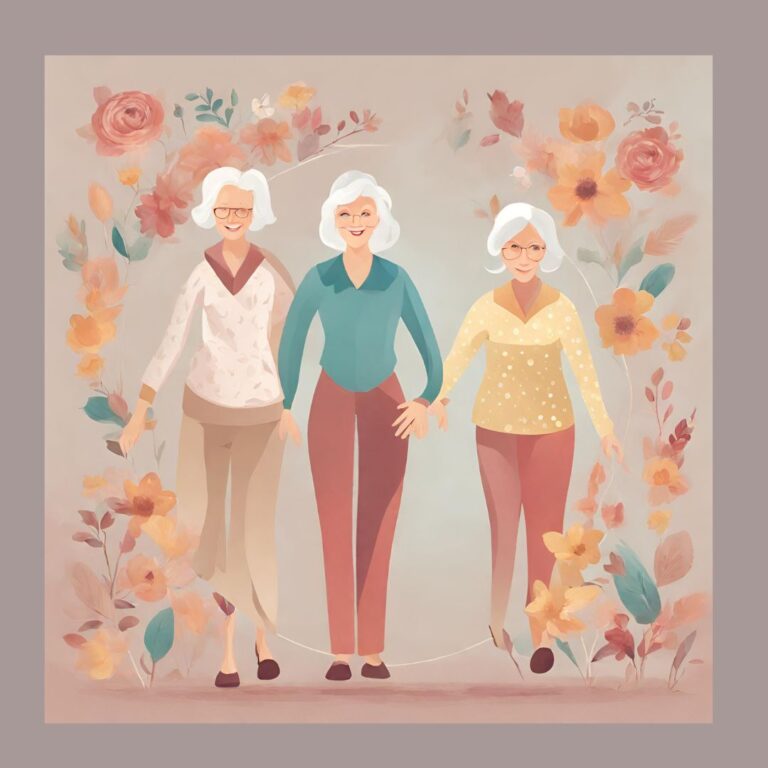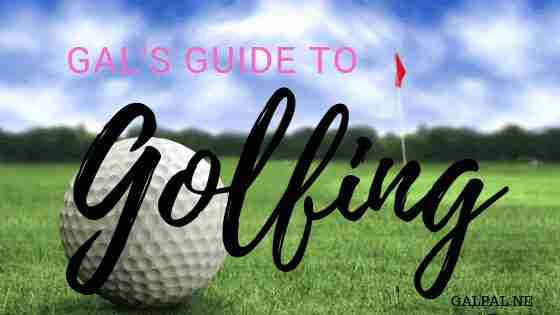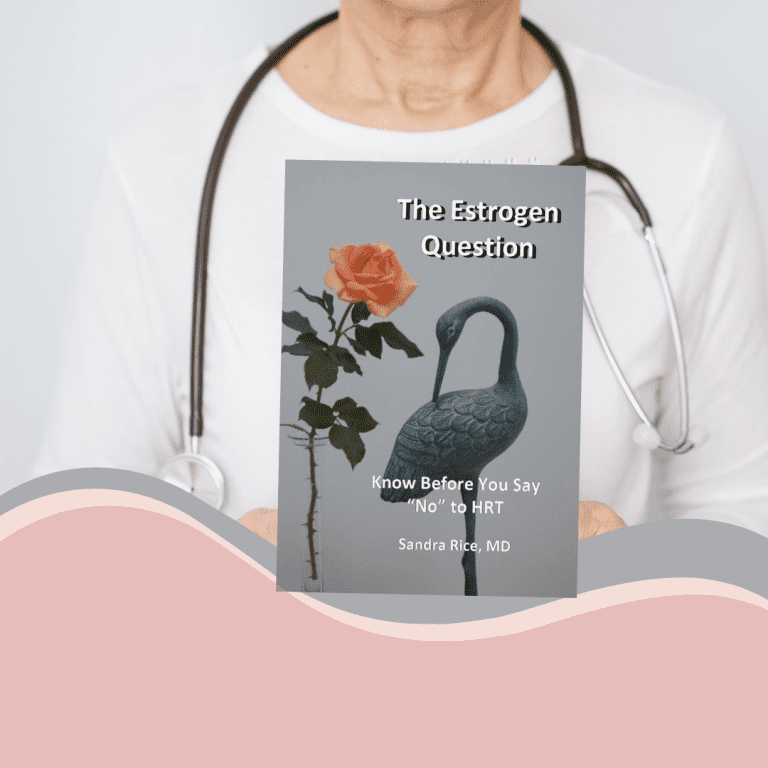15 tips for a fast and easy bunion surgery recovery
I had no idea how many people suffer from painful bunions like I have. Up to 60% of adults have a foot disorder and over twenty three percent of people ages 16-65 have bunions. If you or someone you know is considering bunion surgery, I hope you find this article helpful.
My Personal Experience With Bunions
I have always admired a good-looking pair of sexy shoes. I used to wear those shoes until I developed bunions.
When I worked in New York City, I had several side gigs to help pay the bills. One of which included shoe modeling. Receiving free designer loafers, pumps and boots was the finest fringe benefit of shoe modeling. The pay sucked tho.
I will never forget when one of the shoe designers studied my then perfect 6.5 size feet, squeezed into a pair of high-heeled sandals and said “you are going to get bunions”. How rude, I remember thinking to myself. My feet looked perfectly find then. How did he know that I would develop ugly bumps on my feet? To this day, I think about how a shoe designer would have any clue about my feet. Well, he was right about those ugly bumps.
Over time, I noticed the base of my big toe was becoming more sensitive. I continued to sport my narrow, tall pumps. Thus, I started kicking off my heels under my desk at work as the years progressed. Painful bunions are no fun.
What is a bunion anyhow?
A bony bump that forms on the joint at the base of the big toe is called a bunion (Hallux valgus) it’s the most common foot deformity.
A bunion is formed when the big toe pushes against the next toe. Check out the surprising facts about bunions here.
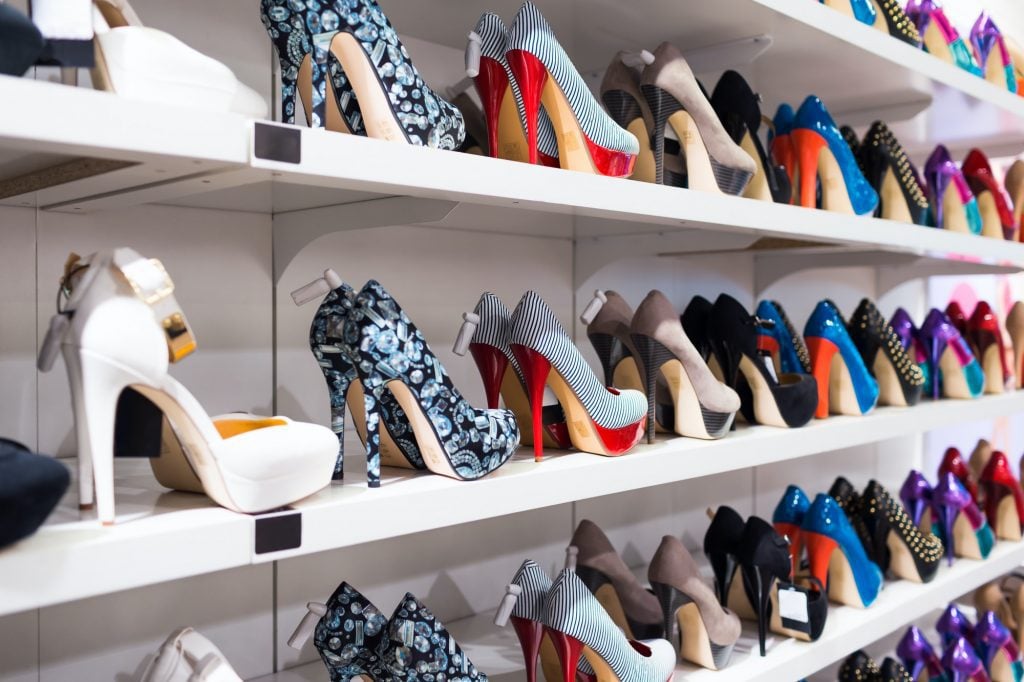
From High Heels to Athletic Shoes
Over time, I stopped wearing my cute strappy sandals because the bony bumps were peeking through the straps around my toes and I found it frustrating to find shoes that were comfortable and looked good on my feet.
I postponed bunion surgery for over ten years until I finally came into grips with the fact that my feet were only getting worse. I also discovered that my bunions were changing the alignment of my entire foot after visiting a foot and ankle specialist at UW Medicine.
When you have a bunion, it disrupts how the big toe supports your body. The big toe helps to maintain balance and adds leverage when your foot pushes off the ground. The MTP joint helps you bear weight and distributes the load to prevent excessive pressure.
When the bunion disrupts and damages the toe and joint, it significantly affects foot function. I noticed that my ability to move was affected and the pain and dysfunctional movement changed my gait. The last thing I wanted was to have to deal with mobility issues as I aged.
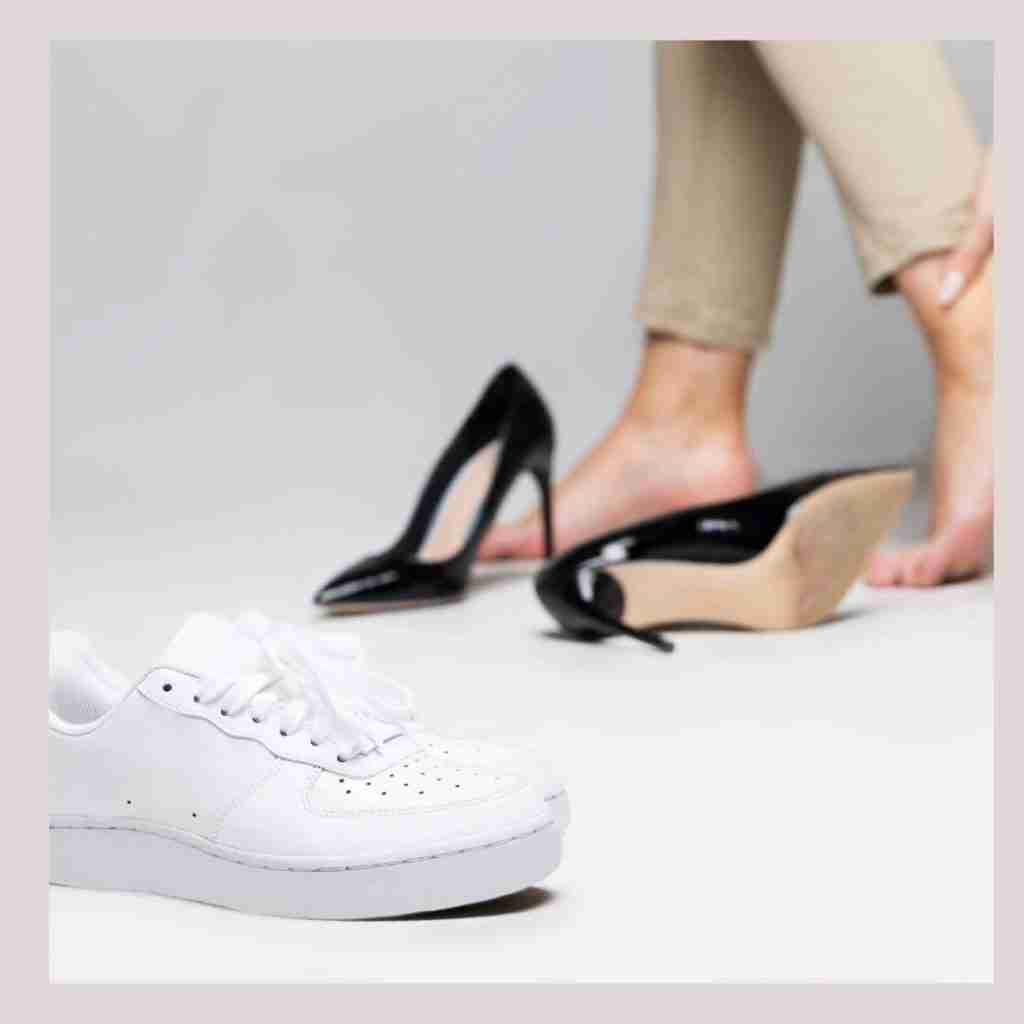
My Bunion Surgery-
It took me a long time to book the surgery, but I am relieved that I had the surgery now that I was on the other side it. As a tennis player, golfer, skier, walker and one that loves to stay active, there was never a good time for the downtime. The thought of having the surgical procedure scared me because I was told that this type of surgery and recovery process was brutal.
 Dr. Sangeorzan, MD recommended that when my foot pain prevents me from wearing normal shoes and performing normal daily activities, it’s time to consider surgery.I finally pulled the trigger and booked the bunion removal surgery on my right foot. I was in too much pain and the size of the bunion continued to grow.
Dr. Sangeorzan, MD recommended that when my foot pain prevents me from wearing normal shoes and performing normal daily activities, it’s time to consider surgery.I finally pulled the trigger and booked the bunion removal surgery on my right foot. I was in too much pain and the size of the bunion continued to grow.
I am happy I did the surgery but I am not rushing to have my other foot treated anytime soon.

15 Tips To Make Sure Your Bunion Surgery Successful
-
Get Your Home Set Up Before Surgery
Table next to your bed or chair for meds, water bottle, TV remote, phone, etc.
Lightweight backpack- My good friend Marlee sent me a nylon backpack that I use every day. When you move from one room to the next, you need a backpack to carry all of your things. Phone, laptop, iPad, meds etc. You can’t walk, so you may use a scooter, crutches or a walker. You will not have two free hands.
-
Create Your Cozy Nest So You Can Heal and Recover
Before the surgery, I knew I wanted to spend the first several days in my bed where my back would be supported for my recovery. The only problem, my bedroom is upstairs. I was also prepared that the general anesthesia was going to make me woozy and sleepy.
Whether you are in bed, lounge chair or sofa, you will need to set up a space where you can keep your foot elevated higher than your heart if possible.
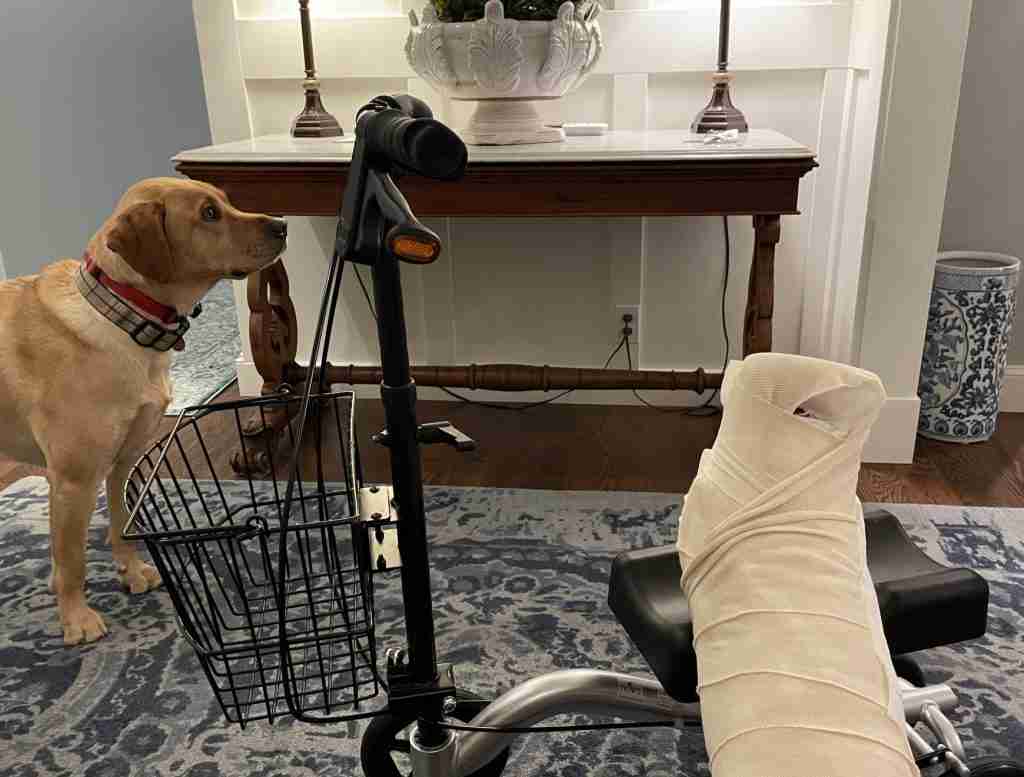
3. Stay Mobile
Make sure you have a set of crutches. Consider finding memory foam pads that go under your armpits for better comfort.
Scooter- Rent a one knee scooter so you can get around quickly. Make sure you get one that has a basket in the front so you can carry things.
Walker- My mother got me a walker to use, and I first laughed at the thought, but I used it often. I had it next to my bed, which made it easier to stand up on one foot and hop to the bathroom.
4. Find Your Home Base- Keeping Your Things Within Reach
Think of your space as a cozy cocoon where you will feel comfy and safe. You will want to have access to your TV remote, laptop, books and a table for a water bottle and meals. Keep things together and within reach.
5. Arrange Transportation
Immediately after your surgery, you may have some discomfort, and you may have some non-weight-bearing restrictions on your operated foot, depending on the type of bunion surgery you have.
You definitely cannot drive on the day of your surgery. That’s why you must plan on having a friend or relative take you home. Your doctor (or in the rare case, an anesthesiologist) will not clear you for discharge without someone present to take you home.
Make sure that you order a handicap parking pass. Your Dr. will give you the necessary paperwork so you can send it in to request a handicap parking pass.
You will not be able to drive for a several weeks. I know it sucks but with the help of others, the time will pass quickly.
6. Make you Home Easy To Navigate
You will hop, scoot, and will use your crutches in the first phase of your recovery, so you will want to clear your path so you don’t trip. Remove any loose rugs or mats.
Make sure you have wide navigation paths between your primary recovery zone and your bathroom, kitchen,
7. Stock Up On Fresh Food and Frozen Meals
Make sure you have an ample supply of food. Hopefully, you will have someone to help prepare meals for you. It’s hard to do so standing on one foot. You will not be running to the grocery store, so stock up or have a family member run those errands for you.
8. Surround Yourself With Your Support Network-
This is when your gal pals matter most. Let those friends help you anyway they can. I don’t know what I would do without my girlfriends after my surgery. The visits and support made my healing process so much easier.
9. Hydration Stations
It’s important to stay hydrated, so stash bottles of water in easily reachable locations throughout your snuggery.
10. Ice Machine Or Ice Packs
Two sets of re-freezable ice packs are handy for managing foot pain and swelling during the early recovery period. Re-freezable packs are much easier to use than homemade ice packs. Don’t leak, and you don’t need to worry about running out of ice. Simply keep your spare pack at the ready in the freezer.
In the early stages of recovery, it’s important to keep inflammation at bay. Ice and cold compresses are helpful, so having a mini-refrigerator with a functional freezer near your recovery zone can be a lifesaver (or at least an energy saver). If that’s not possible, an ice chest will do.
-
Keeping It Clean
Shower Prep: I used a shower chair in my walk-in shower. Luckily, we have a hand-held showerhead, which made life easier. A bath bench or shower chair: this not only helps reduce your risk of falling but also allows you to elevate your foot while showering to decrease foot swelling and pressure.
You’ll need to keep your foot dry while showering during the first week or so after surgery. A sturdy plastic bag works great to keep your surgical boot nice and dry. Use waterproof tape to seal the bag around your leg above the boot. It may be a good idea to put a plastic chair in the shower! Prolonged standing might not be your favorite pastime during the first couple of weeks after surgery.
Hand sanitizer and cleaning clothes: to stay clean between trips to the bathroom and kitchen.
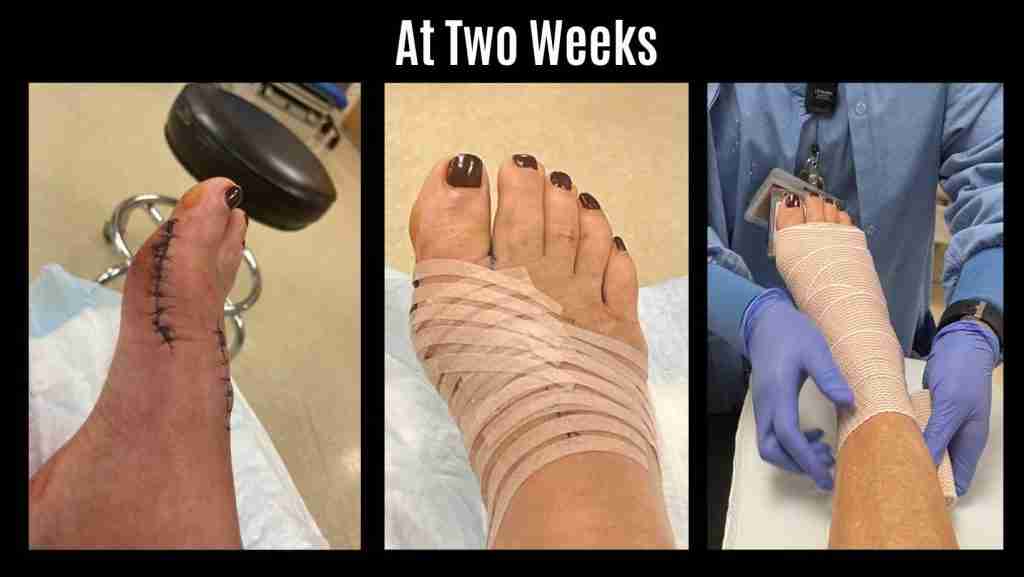
-
Stay Connected
Consider a cell phone pouch you can wear around your neck to keep your mobile handy and your hands free.A spare cell phone charger to keep one at the bedside and another by the sofa or near your daytime sitting area.
13, Proper Shoes
Ask your bunion surgeon for input on the best shoes for bunion surgery recovery. You can bet this information will come in handy after you ween off of your post-op orthotic shoe.
14. Physical Therapy Appointment
If your healthcare provider prescribes physical therapy, follow the rules and do the work! If your foot doctor orders it, it’s because it’s necessary to preserve big toe joint motion and prevent stiffness. Post-surgical physical therapy can be boring, inconvenient, or sometimes even painful. However, it will be ultimately rewarding when you’re walking pain free in sandals, showing off your toenails and a great-looking foot!
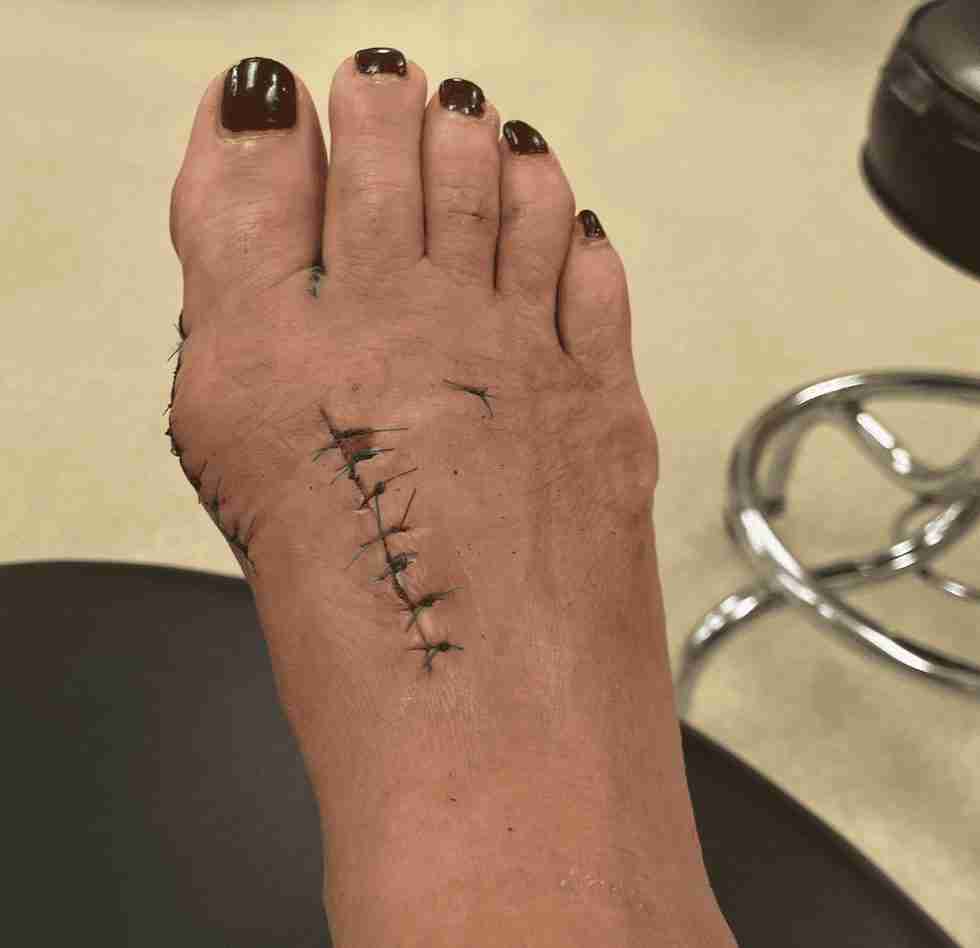
15. Don’t Cheat
When you graduate to a walking boot, or even before that, resist the temptation to cheat and use your foot. It’s crucial to allow your bones to heal properly, and any premature pressure can offset this process.
How long does it take to walk normally after bunion surgery?
Normal walking will not be a part of your routine for at least 8 weeks after surgery. Expect mild pain and restriction of movement (bending) of the toes for 8 weeks or more. Normal shoes may not be possible for 8-16 weeks after surgery depending on swelling.
Remember, if you had a serious bunion deformity, during the first week you’ll want most everything at your fingertips. If you live alone, consider setting up an ice chest with bottled water and prepared meals to keep kitchen trips to a minimum. Have remote controls for the TV, fan, and AC/heater within reach. Set up a small table to keep your pain and anti-inflammatory medications handy.
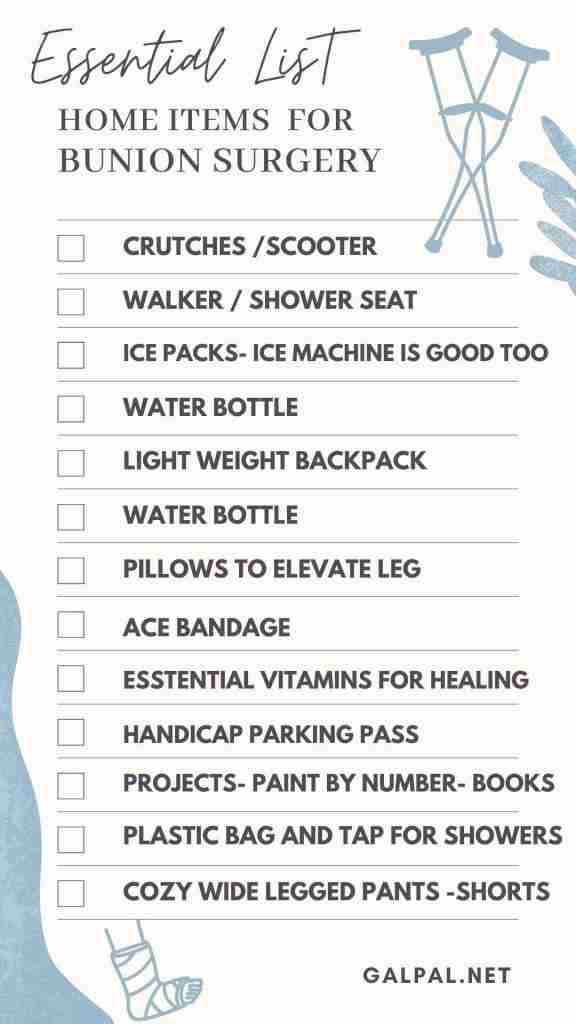
Are you A Good Candidate For BUNION Surgery?
- What Is Your Health History? Do you have any medical condition that may prevent you from having surgery? Just like surgery of any kind, your overall health is evaluated before surgery such as blood pressure, heart health and medications you may be taking.
- Do you have pain even when you are not wearing pointy shoes? Does your foot feel stiff and swollen or even inflamed? If your bunion pain is causing you to change your lifestyle, it’s time to have the surgery. If your bunion pain is preventing you from engaging in normal daily activities, you need to do something about it — the sooner the better! Does it hurt to put pressure on your foot? If conservative treatments are no longer providing relief or your pain is getting worse, you should seriously foot surgery. The longer you wait, the more difficult it will be to take care of it.
- Evaluate your pain level: Do you have toe mobility issues and experiencing severe pain?
- Think about recovery time. Traditional bunion surgery can keep you off your feet and away from work for weeks. However, MIS for your bunions requires only about 72 hours of icing and restricted walking. Although you probably won’t be running a marathon right away, MIS allows you to be back on your feet within a few days.
- Do you have an excellent support system at home? You will need lots of help at home and rides, so it’s critical to have a wonderful support system. You will need help with household chores, cooking meals, showering and running errands, etc.
‘


